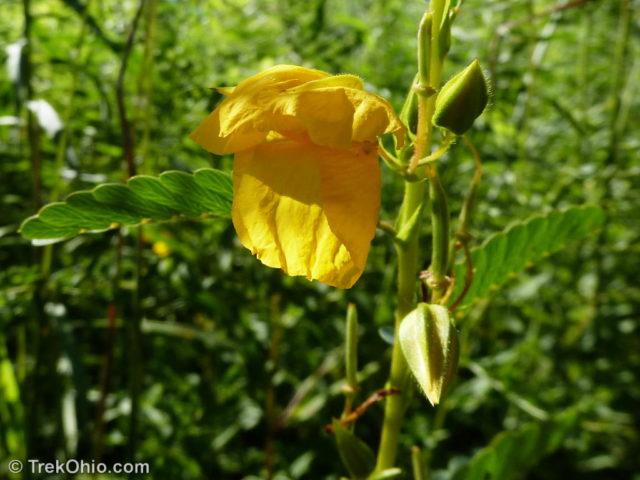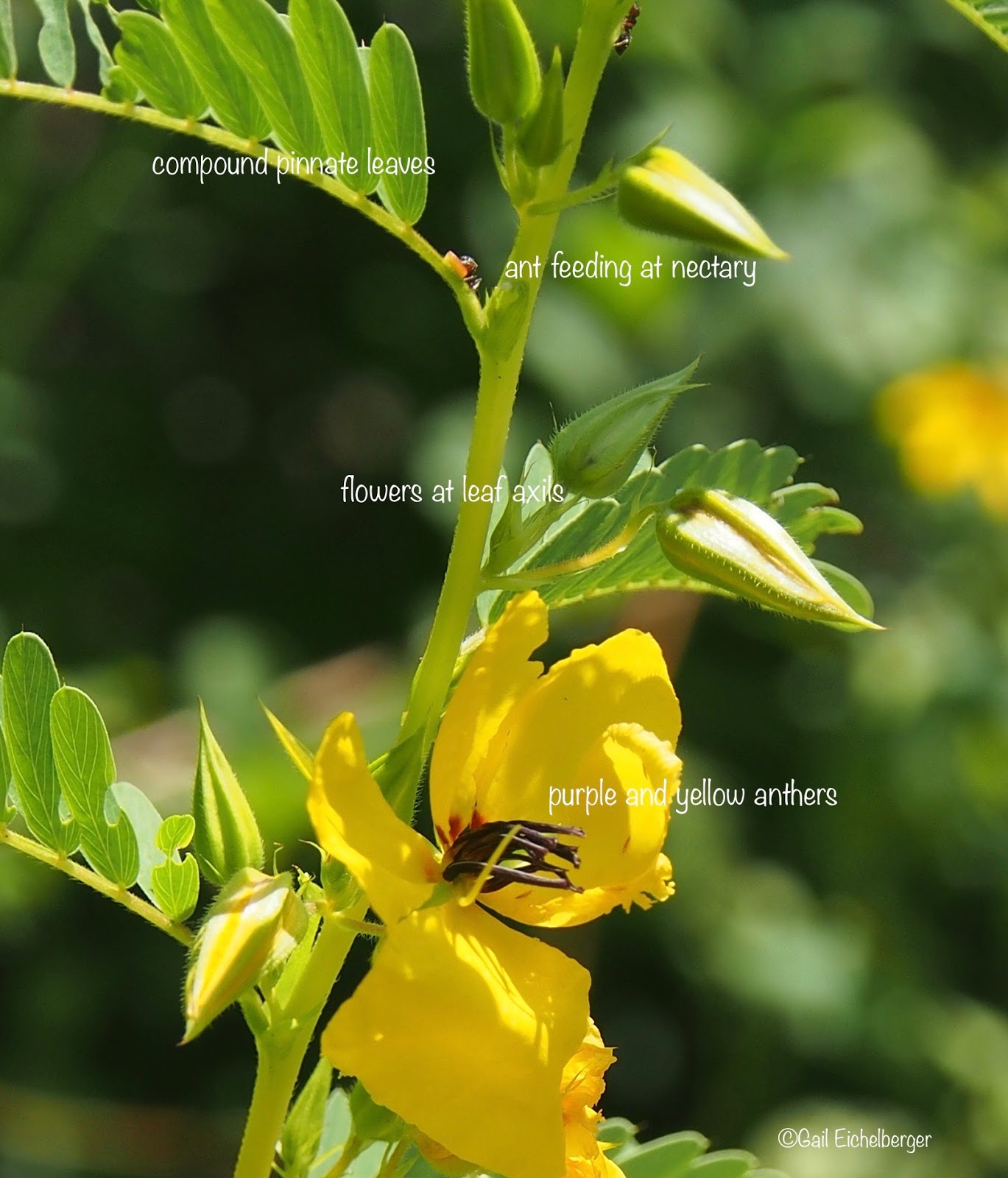


In year 1, 16 plots of soybean were seeded on May 11. Field experiments were conducted over two years at the Central Maryland Research and Education Center in Beltsville, MD. As such, it served as a grass control to determine how added vegetation diversity in the absence of floral resources would impact natural enemies.Įxperimental design. Proso millet is a warm season annual grass that lacks floral resources. Purple tansy has a long flowering period, high-quality nectar and pollen production, and is reported as being a valuable insectary plant.

A diverse assemblage of pollinators and natural enemies are attracted to partridge pea. As an insectary plant, partridge pea has a long bloom period and each leaf petiole has an extrafloral nectary at its base, which produces nectar throughout the growing season. Partridge pea is a native annual legume and is widely used in seed mixes of CREP riparian buffers because it readily reseeds itself, is competitive when grown with grass mixes, and provides nutritional seed for game birds. Partridge pea and purple tansy are commonly used to enhance floral resources along field margins for pollinator plantings and to enhance communities of natural enemies in adjacent crops. We monitored pest and beneficial arthropods in the buffer insectary plants and neighboring soybean plantings and tried to link arthropods found in buffer plants with pest management in neighboring soybeans. Insectary plants are plants grown with cash crops to attract, feed and shelter insect parasitoids and predators so as to enhance their natural control of insect pests. The aim of this study was to determine whether buffer strips could be used as insectary plants to enhance beneficial arthropods (insects and spiders) within neighboring soybeans. However, these buffers can be engineered to support communities of natural enemies and serve as corridors for their movement into neighboring crops. The CREP seeks to establish riparian buffers in Maryland to improve water quality, filter sediments and nutrients from runoff and provide wildlife habitat. Conservation biological control is a pest management approach that manipulates agricultural systems so as to promote pest suppression by naturally occurring predators, parasitoids and pathogens. In Maryland, the opportunity to practice conservation biological control exists within the Conservation Reserve Enhancement Program (CREP). Many conservation projects have been implemented by farmers to increase beneficial services on arable lands. In addition to providing natural enemies nectar and pollen to eat, flowering plants can supply alternative hosts or prey, shelter, overwintering sites and a more suitable microclimate. A literature review showed that the successful establishment of certain parasitoids in cropping systems depended on the presence of nectar-bearing weeds. However, monoculture cropping systems are relatively weed-free and generally lack floral resources required by many natural enemies. Many natural enemies, particularly hymenopteran (wasps) parasitoids, require carbohydrates for successful reproduction and overall fitness. A key factor that enhances predator and parasitoid populations is the availability of nectar and/or pollen food subsidies from flowering plants. Increasing floral diversity within agricultural fields has been proposed as a method to bolster natural enemies and subsequently reduce pest populations. Dively + ,*įormer graduate student ^, Associate Professor and Extension Specialist $, Professor Emeritus +, CMNS, Department of Entomology *, Agriculture Extension Agent, Charles County # Leslie #, Cerruti RR Hooks $,* and Galen P.


 0 kommentar(er)
0 kommentar(er)
